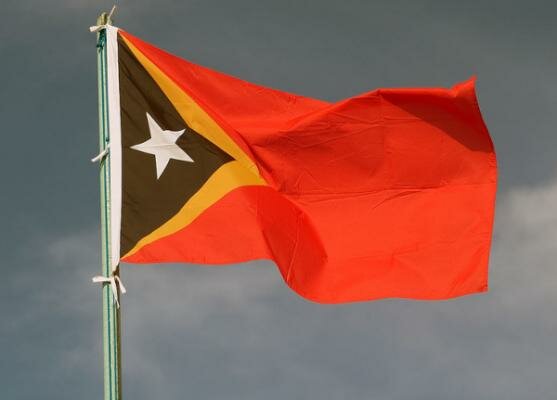Post-Conflict Timor-Leste: On the Way Up
As one of the fastest growing economies in the world, Timor-Leste is gradually raising its profile in the region.

The fledgling nation’s candidacy for the 10-member Association for Southeast Asian Nations (ASEAN) marks a milestone in its post-conflict recovery.
“We have made tremendous progress in the past nine years of our independence since 2002. The country today is at peace as never before,” President Jose Manuel Ramos-Horta told IRIN.
“We are on the right track, and when we join ASEAN, I am certain that we will be an asset, and not a burden.”
About 180,000 people died in sporadic unrest during Indonesia’s 24-year colonisation of the country, according to East Timor Action Network (ETAN), a local human rights NGO.
The country today is at peace as never before.
Seventy percent of the country’s infrastructure was destroyed in 1999 when Indonesia and anti-independence militias went on a killing spree after a majority voted for independence in a referendum. In 2002 more than 150,000 people were displaced by political turmoil, according to the Internal Displacement Monitoring Centre (IDMC).
Stable for nearly two parliamentary terms, Timor-Leste has a dynamic democratic system with nine opposition parties. Indonesia, ASEAN’s acting chair in 2011, is a staunch supporter of Timor-Leste’s candidacy for membership.
“Timor is being built from scratch and had to develop the skills among its own people and these things take a long time. They [Timorese] are still mid-way and have made tremendous advances,” said Luis Constantino, country director for the World Bank in Timor-Leste.
Poverty persists
Timor-Leste has climbed 11 places in the UN Development Programme’s human development index since 2005, and now ranks at 120 out of 169 countries. Poverty decreased by 9% in the past three years.
However, “severe capacity gaps” in Timor-Leste’s population remain a stumbling block for post-conflict recovery, according to UNDP’s most recent Country Programme for Timor-Leste. Forty-one percent of the Timor-Leste’s 1.1 million people live on less than US$1 per day. Additionally, 43% are highly food insecure or at risk of becoming so, according to the assessment.
More than half of all under-five children are malnourished, and Timor-Leste has the third-highest child malnutrition rate in the world after Yemen and Afghanistan, according to the country’s 2009 Demographic Health Survey.
The birth rate is continuing to increase, with an average of 5.4 births per woman. Two out of five deaths in women aged 15-49 happen in childbirth.
In 2007, nearly half the adult population was illiterate, says the World Bank.
Timor-Leste has the third-highest child malnutrition rate in the world after Yemen and Afghanistan
While access to education has improved, the country still has a long way to go, said the World Bank’s Constantino. “There is a huge gap between what it should be, and is, but you can already see positive results in the numbers,” he said.
Timor-Leste currently has observer status in ASEAN, and hopes to become a member before 2015. Increased dialogue with its neighbours could usher in the changes Timor-Leste needs to see, experts say.
Many ASEAN member countries were at a less developed stage than Timor-Leste when they joined the organisation, said Siriya Chindawongse, director of ASEAN Division One in Thailand’s Ministry of Foreign Affairs.
“Timor-Leste’s destiny is tied to Southeast Asia, and they will benefit from trade links and economic interaction in the region, although integration into the economy will take time,” he added.
This story was first published on IRIN.

















